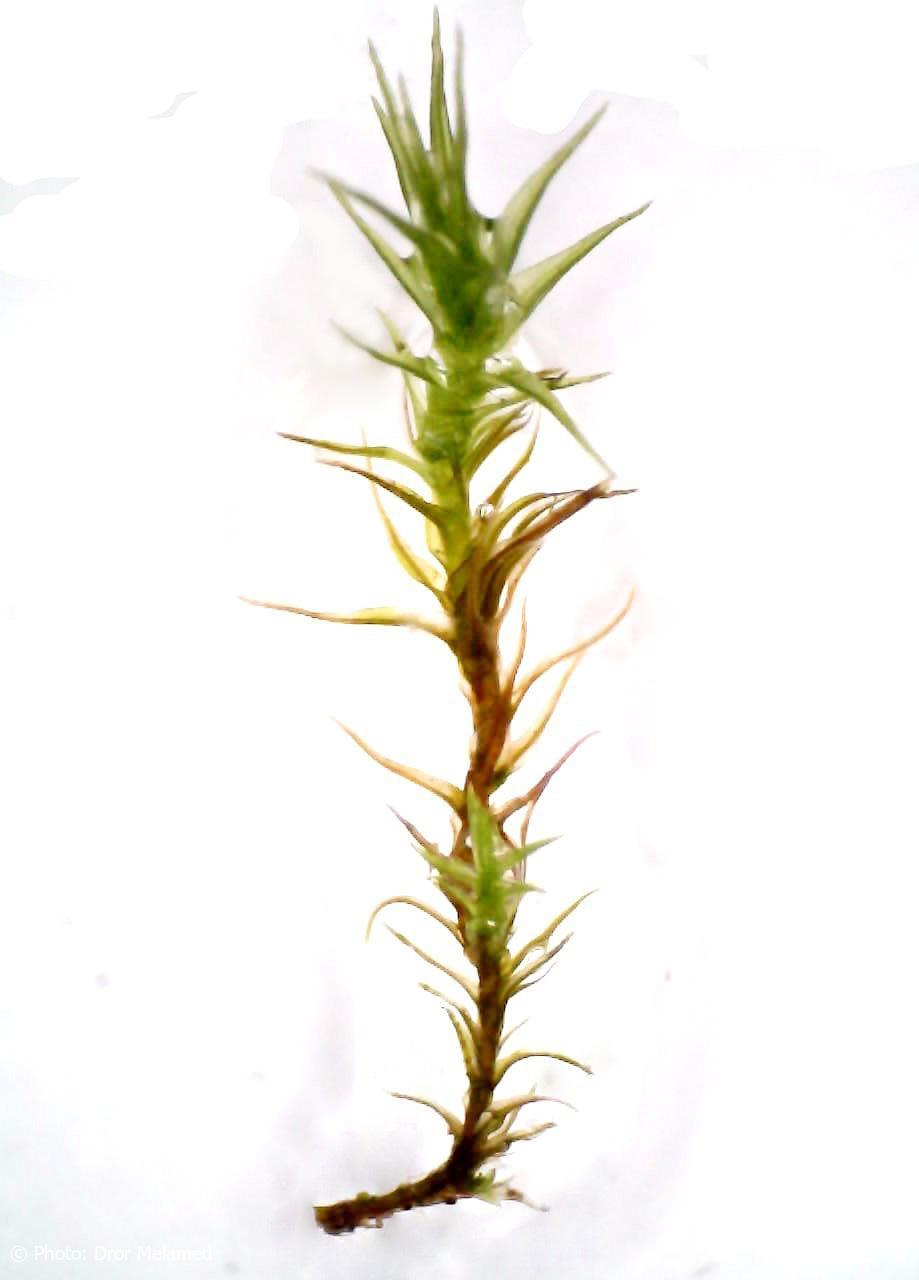
3397-l-1.jpg from: https://www.wildflowers.co.il/hebrew/picture.asp?ID=21800
Discovering the Wonders of Didymodon patagonicus (Mitt.) Broth. Moss
Mosses are fascinating and often overlooked members of the plant kingdom. Today, we’ll dive into the world of Didymodon patagonicus (Mitt.) Broth., a unique moss species from the Pottiaceae family, commonly known as Didymodon. Get ready to be amazed by this tiny but mighty plant!
Background on Bryophytes
Before we explore Didymodon patagonicus specifically, let’s briefly review what mosses are. Mosses belong to the division Bryophyta and class Bryopsida. They are non-vascular plants that lack true roots, stems, and leaves. Instead, they have leaf-like structures called phyllids and absorb water and nutrients directly through their surface.
Morphology and Identification
Didymodon patagonicus is a small, cushion-forming moss. Its phyllids are lanceolate to ovate-lanceolate in shape and have a strong costa (midrib) that often extends to the apex. The leaf margins are usually recurved and the cells are smooth or lightly papillose. Capsules are cylindrical and borne on a long seta.
Global Distribution and Habitat
This moss has an interesting distribution, being found in southern South America (Patagonia) as well as some subantarctic islands. It typically grows on soil, rocks, or as an epiphyte on trees in temperate forests. The ability to occupy diverse substrates hints at its adaptability.
Ecological Roles and Adaptations
Like other mosses, Didymodon patagonicus plays important roles in its ecosystem:
- Nutrient cycling: It helps trap and recycle nutrients, enhancing soil fertility.
- Moisture retention: The dense cushions help retain moisture, reducing erosion and supporting other plants.
- Habitat provision: It provides shelter and microhabitats for various invertebrates.
| Characteristic | Description |
|---|---|
| Family | Pottiaceae |
| Genus | Didymodon |
| Species Epithet | patagonicus |
| Authority | (Mitt.) Broth. |
| Phyllid Shape | Lanceolate to ovate-lanceolate |
| Costa | Strong, often extending to apex |
| Leaf Margins | Usually recurved |
| Leaf Cells | Smooth or lightly papillose |
| Capsule Shape | Cylindrical |
Conclusion
Didymodon patagonicus may be small, but it is a remarkable moss with unique adaptations and important ecological functions. Its ability to thrive in the cool temperate forests of Patagonia and subantarctic islands is a testament to the resilience of bryophytes. The next time you see a cushion of moss, take a closer look – it might just be a Didymodon patagonicus! What other secrets do you think this mighty moss holds?